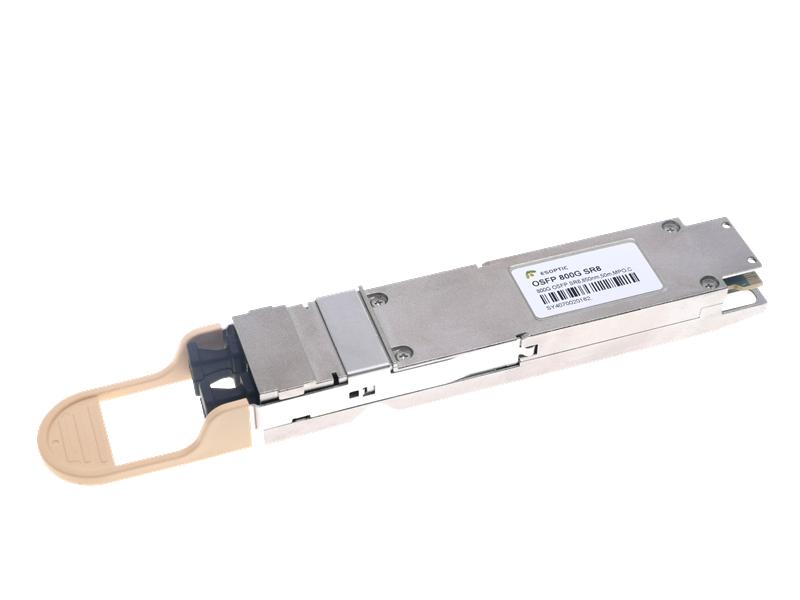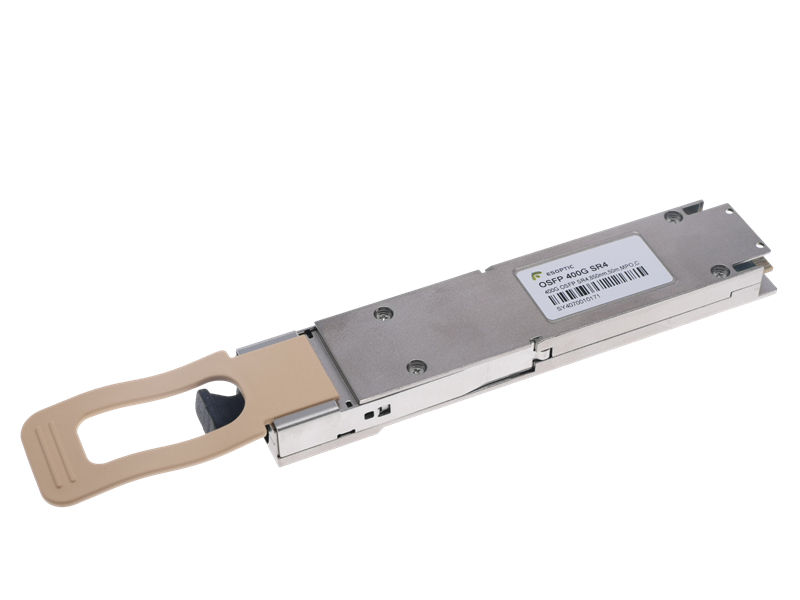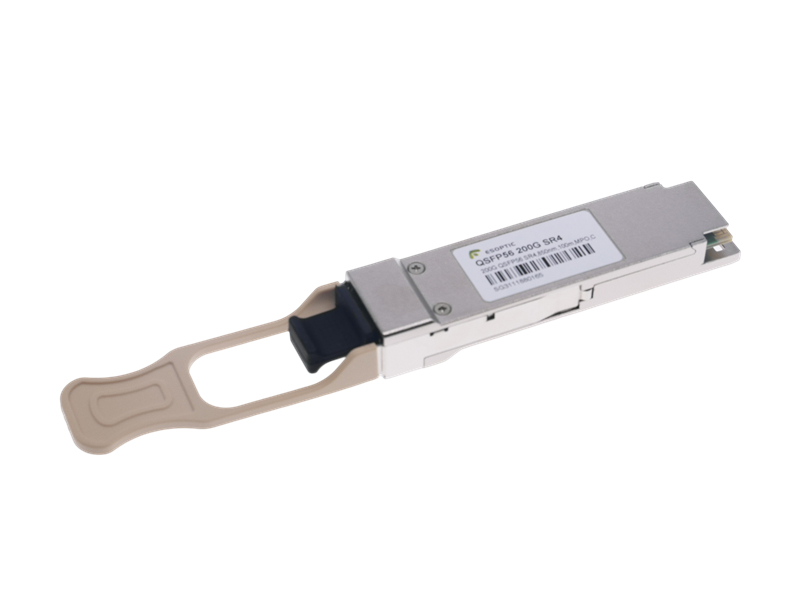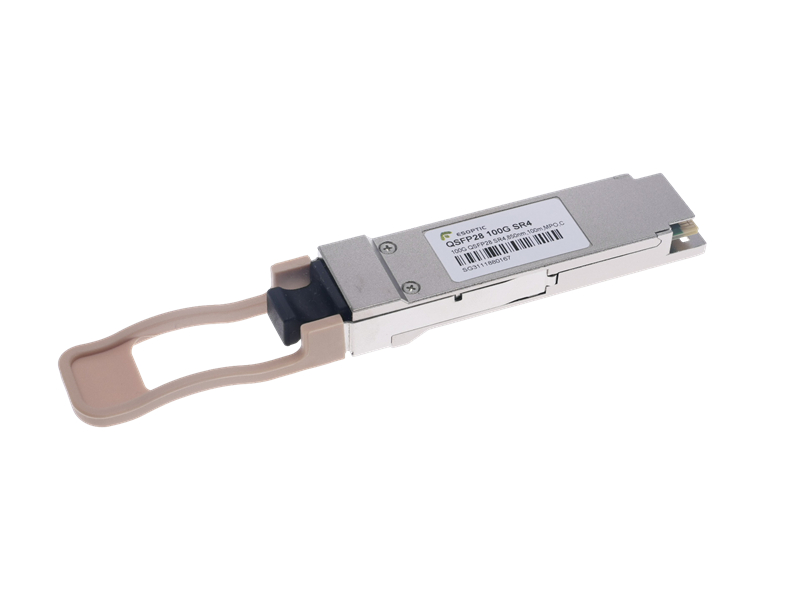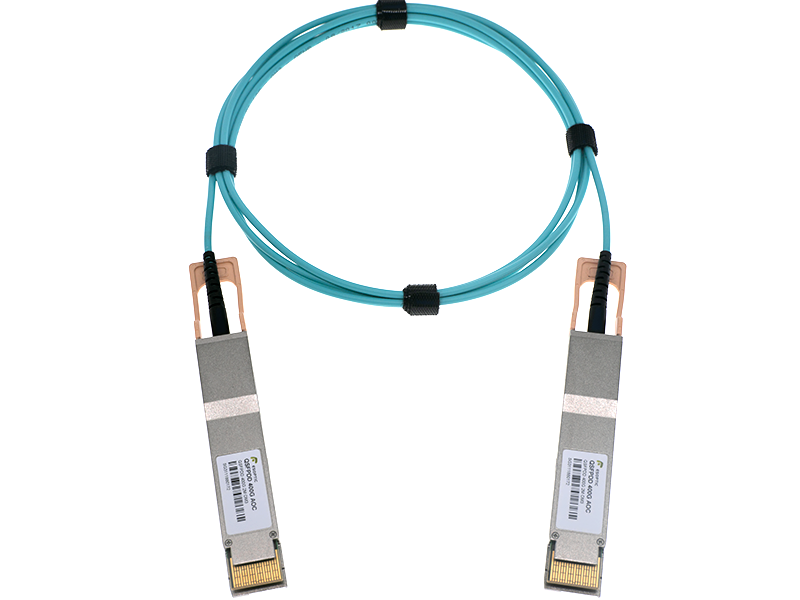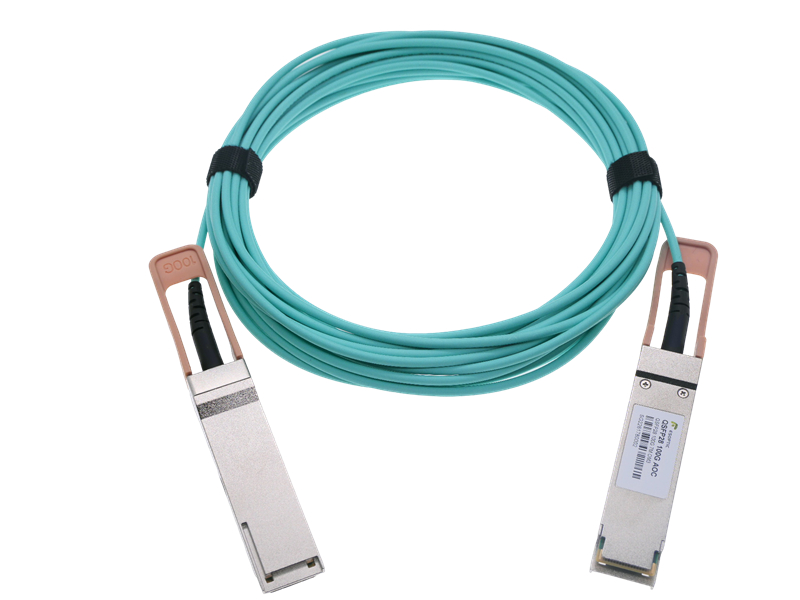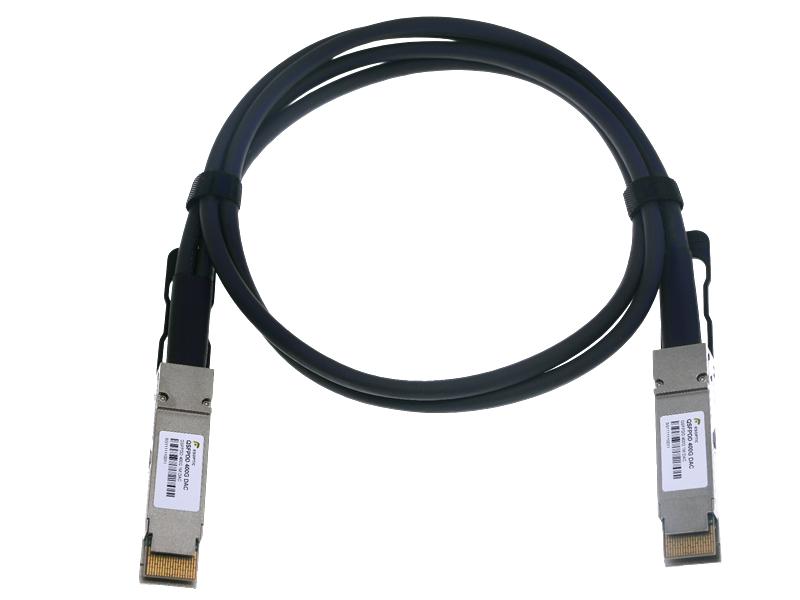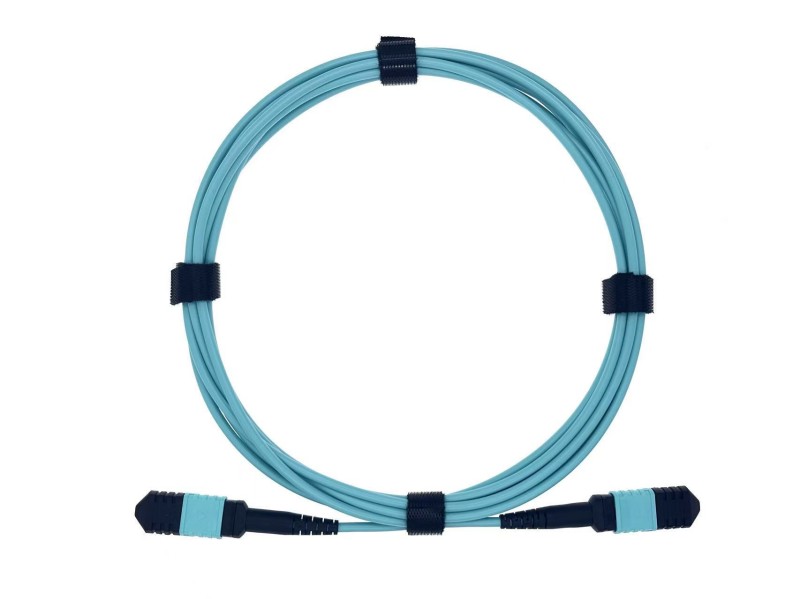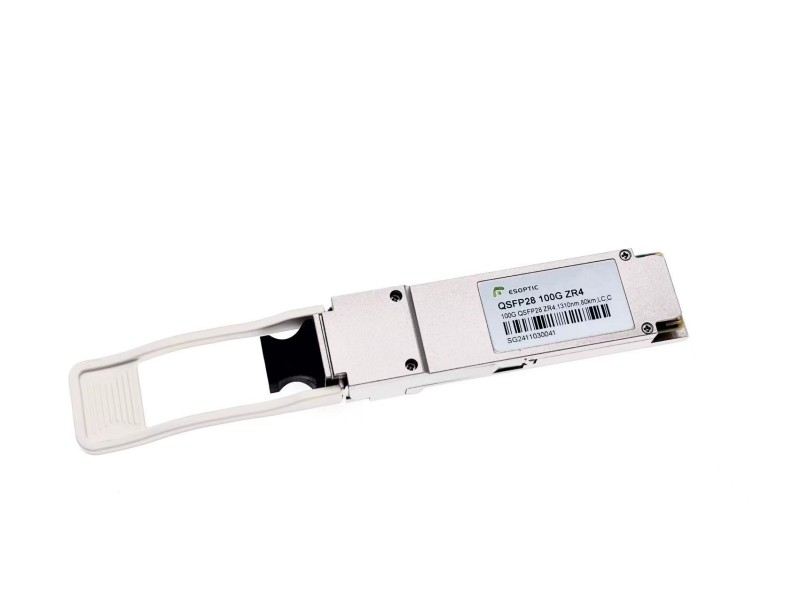In the world of optical communications, ensuring low-loss and stable signal transmission is crucial. That’s where fiber connectors like PC (Physical Contact), UPC (Ultra Physical Contact), and APC (Angled Physical Contact) come into play. These connector types aren’t just industry jargon — they represent fundamental differences in performance, polish, and application scenarios. Whether you're optimizing data center links or deploying FTTH solutions, understanding the distinctions among PC, UPC, and APC can directly impact the efficiency and stability of your optical network.
What Are PC, UPC, and APC Connectors?
At first glance, PC, UPC, and APC connectors might seem interchangeable, but their end-face geometry and polish types significantly influence performance.
PC connectors feature a slightly curved end-face, allowing for physical contact that minimizes air gaps.
UPC builds on PC with an even finer polish, reducing back reflection to around -50dB, making it suitable for digital, CATV, and telecom networks.
APC, with its 8° angled end-face, delivers the lowest back reflection (up to -65dB), perfect for high-precision analog signals and wavelength-sensitive applications like RF video and PON systems.
Each connector type brings its unique advantages. The PC connector serves general-purpose connections well, UPC adds improved signal return performance, and APC is the go-to choice for high-performance and long-distance scenarios.
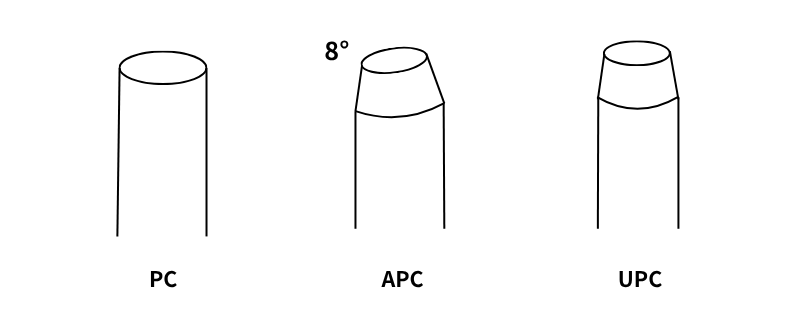
Why Does Connector Type Matter?
In optical systems, signal loss and back reflection can lead to data errors, decreased bandwidth, and signal instability. Here’s how PC, UPC, and APC perform in practical use:
Insertion Loss: All three types aim to maintain insertion loss below 0.3dB, but quality varies by polishing and material.
Return Loss: PC connectors typically deliver about -40dB, UPC goes lower at -50dB, and APC leads with -60 to -65dB.
Application Compatibility: Using APC connectors in a UPC or PC port can cause serious mismatch losses, emphasizing the importance of proper connector pairing.
In other words, mixing APC with UPC is a big no-no — always match connector types for optimal performance.
Choosing Between PC, UPC, and APC
So, how do you decide which one fits your application?
Choose PC for legacy systems or general patch connections where back reflection is not a critical issue.
Select UPC when you need better signal quality in digital transmission systems.
Opt for APC in high-frequency, analog, or wavelength-sensitive applications like FTTx, video overlay, or DWDM systems.
The physical structure of these connectors — especially the angled polish of APC — directly influences how they interact with light. That 8-degree angle may seem minor, but it’s what gives APC its edge in return loss performance.
Real-World Application Scenarios
To make this more tangible, let’s look at some deployment cases:
PC: Still found in older telecom infrastructure and simple LAN setups.
UPC: Common in modern enterprise networks, data centers, and CATV systems.
APC: Critical in GPON, EPON, and FTTx deployments where signal integrity is non-negotiable.
In multi-connector systems or high-density patch panels, ensuring uniform connector type is key. A mismatch between PC and APC can not only increase loss but may even damage the fiber interface.
Final Thoughts
In the fast-evolving optical communication landscape, PC, UPC, and APC connectors play a quiet but pivotal role in ensuring smooth data transmission. By understanding their differences and choosing wisely based on application requirements, network engineers can reduce reflection, minimize loss, and future-proof their infrastructure. Whether it's a hyperscale data center or a suburban FTTH deployment, the right connector makes all the difference.


